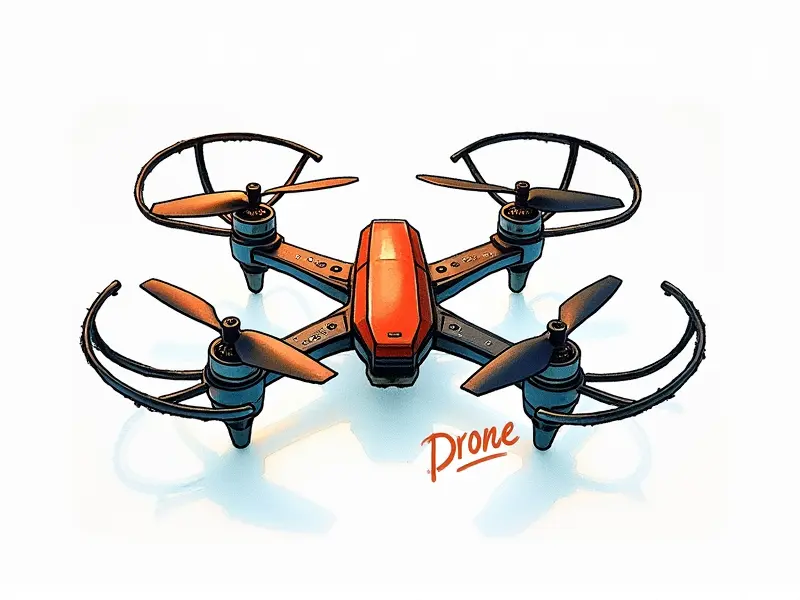Propeller direction?

Why Prop Direction Matters in RC Planes?
The direction of the propeller on your remote control (RC) airplane is crucial for optimal performance and safety. Understanding how to set up correct propeller directions can significantly enhance flight characteristics such as speed, maneuverability, and stability.
Understanding CW vs CCW Props in RC Aircraft
In RC planes, propellers are typically classified into two categories: clockwise (CW) and counterclockwise (CCW). Each direction serves a specific purpose:
- CW Propellers: These rotate in the clockwise direction when viewed from above. They generate lift by pushing air downward.
- CCW Propellers: These spin counterclockwise, also generating lift but with a different aerodynamic effect compared to CW props.
Quick Guide: Setting Correct Propeller Directions
To set the correct propeller direction on your RC plane, follow these steps:
- Identify Motor Orientation: Determine if your motor is designed to rotate CW or CCW.
- Select Appropriate Prop: Choose a propeller that matches the motor's orientation and performance requirements.
- Install Propeller: Ensure the propeller is securely attached to the motor shaft in the correct direction.
Optimal Prop Direction for FPV Racing Drones
For FPV racing drones, precise propeller orientation is critical. Here are some tips:
- Balanced Setup: Use a combination of CW and CCW props to balance the aircraft's stability.
- Performance Tuning: Experiment with different propeller directions to find the best configuration for speed and agility.
Maximizing Efficiency with Proper Prop Setup
A well-optimized propeller setup can greatly enhance your RC plane's efficiency. Consider these factors:
- Propeller Size: Larger props provide more lift but may reduce top speed.
- Motor Power: Match the motor power to the prop size for optimal performance.
Troubleshooting Tips: Incorrect Prop Direction
If your RC plane is not performing as expected, incorrect prop direction could be the issue. Here’s how to diagnose and fix it:
- Check Motor Rotation: Ensure the motor is spinning in the correct direction.
- Verify Propeller Installation: Confirm that the propeller is correctly attached and oriented.
Why Does Propeller Direction Matter in RC Planes?
The direction of your propeller affects several aspects of flight, including lift generation, stability, and overall performance. Proper orientation ensures efficient air movement and balanced thrust distribution.
Mastering Prop Orientation for Enhanced Performance
To master prop orientation:
- Study Aerodynamics: Understand how different prop directions impact airflow and lift.
- Experiment with Configurations: Test various setups to find the best combination for your specific aircraft model.
Common Mistakes with Propeller Directions in RC
Some common mistakes include:
- Misaligned Props: Incorrectly installing props can lead to poor performance and potential damage.
- Inconsistent Setup: Using mismatched propellers or motors can compromise stability and efficiency.
How to Set Propeller Direction Correctly?
To set the direction correctly, follow these steps:
- Consult Manual: Refer to your RC plane’s manual for specific instructions on prop orientation.
- Use Test Flights: Conduct short test flights to verify that the propeller is spinning in the correct direction.
The Impact of Prop Direction on Drone Stability
The direction of your drone’s propellers plays a crucial role in maintaining stability during flight. Proper orientation ensures balanced thrust and reduces unwanted yaw, pitch, or roll movements.
Conclusion
Maintaining the correct propeller direction is essential for achieving optimal performance in RC planes and FPV racing drones. By understanding CW vs CCW props, setting up your propellers correctly, and troubleshooting common issues, you can enhance stability, efficiency, and overall flight experience.

